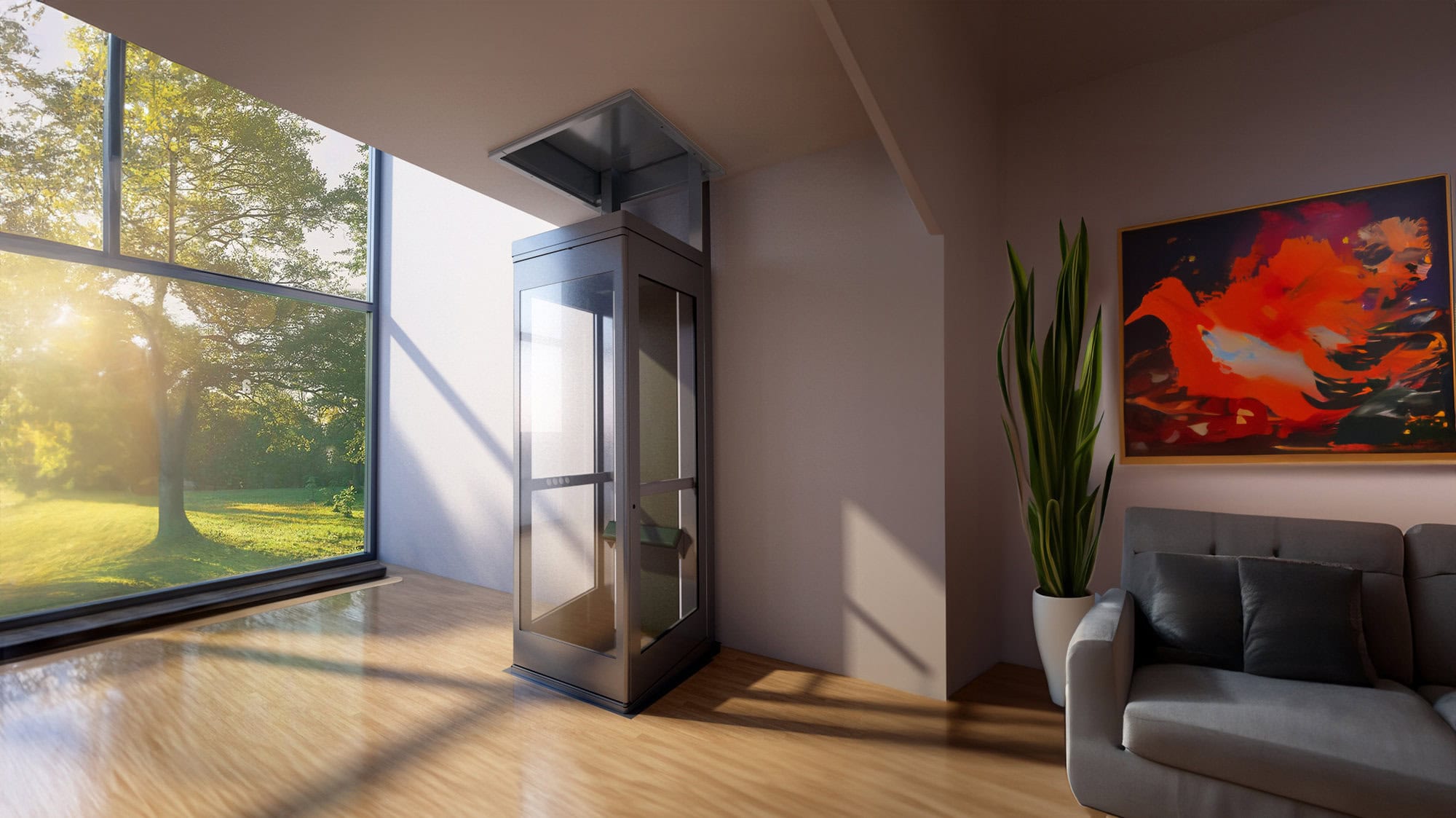Compare Disabled Platform Lifts Prices UK: Affordable Options for Every Demand
Compare Disabled Platform Lifts Prices UK: Affordable Options for Every Demand
Blog Article
Diving Into the Globe of Elevators: Common Issues Encountered by Different Lift Mechanisms
As we navigate through the upright transportation systems of modern structures, lifts stand out as an essential component of our everyday lives. From hydraulic lifts to grip systems and machine-room-less styles, each lift type comes with its collection of typical problems.
Hydraulic Elevators
Hydraulic elevators, commonly liked for low-rise structures, use fluid pressure to control the activity of the elevator auto (lift repair companies). This system includes a hydraulic pump pressing oil into a cylinder, creating the elevator to relocate the desired instructions. While hydraulic elevators are recognized for their peaceful and smooth operation, they do come with their very own collection of common issues
One widespread problem with hydraulic lifts is oil leakage. The seals in the hydraulic system can put on out in time, resulting in oil seepage. If left unaddressed, this not only produces a mess however can additionally impact the lift's efficiency. In addition, concerns with the control system, such as faulty valves or a malfunctioning pump, can trigger disruptions in the elevator's movement.
Routine upkeep and punctual repairs are vital to make sure the smooth performance of hydraulic elevators. By addressing these common problems proactively, building proprietors can minimize downtime and make certain the safety and security and effectiveness of their upright transportation system.
Traction Elevators
When thinking about upright transport systems in buildings, an additional usual kind besides hydraulic lifts is the traction elevator. Traction elevators operate utilizing a system of ropes and counterweights that relocate the elevator vehicle by clutching onto the hoist ropes. This system enables smoother and much faster vertical transport contrasted to hydraulic systems.
One of the common concerns dealt with by grip lifts is rope wear. The consistent motion of the ropes within the grip system can cause tear and wear gradually, possibly causing the elevator to breakdown or come to be risky for use. Regular evaluations and maintenance of the ropes are necessary to guarantee the elevator's appropriate functioning and security.
Another issue that traction elevators may encounter is connected to the control system. Issues with the control system can lead to problems such as erratic motion, delays in feedback times, or perhaps full closures. Normal testing and upkeep of the control system are crucial to avoid such problems and make sure the elevator's integrity.
Machine-Room-Less (MRL) Elevators

One of the crucial parts of MRL elevators is the compact gearless traction equipment that is mounted within the hoistway. This machine effectively drives the lift car without the need for cumbersome devices found in conventional traction elevators. In addition, MRL elevators generally utilize a weight system to balance the cars and truck, additional enhancing their energy efficiency.
Despite their advantages, MRL lifts may deal with challenges connected to maintenance and repair work because of the constrained area for tools installment. Ease of access for servicing parts within the shaft can be limited, requiring specialized training for specialists. Appropriate maintenance schedules and normal evaluations are vital to make sure the continued smooth procedure of MRL lifts.
Overloading and Weight Restriction Issues
Overloading and weight restriction issues are essential issues in elevator procedures. Elevator manufacturers layout lifts with details weight capabilities to guarantee traveler safety and equipment long life.
When elevators are overwhelmed, it puts extreme pressure on the electric motor, wires, and various other components, potentially causing breakdowns or malfunctions. Security mechanisms such as sensors and overload sensors are in location to avoid elevators from moving if they find excess weight. Additionally, surpassing weight limits can lead to boosted power usage and damage on the elevator system.
To reduce overwhelming problems, constructing managers should prominently display weight limitations in find out elevators and educate occupants on the relevance of sticking to these limitations - lift repair companies. Routine upkeep checks by qualified service technicians can additionally aid ensure that lifts are running within secure weight specifications. By resolving overloading and weight limitation problems proactively, structure owners can boost lift safety and effectiveness
Electrical System Failings
Going beyond weight limits in lifts can not just bring about mechanical problems but likewise possibly add to electrical system failings within the lift facilities. Electric system failings are a critical concern in elevator procedure, as they can create unanticipated closures, malfunctions, or also safety and security risks. One typical electric concern is the getting too hot of parts because of too much present flow triggered by straining the elevator beyond its capacity. This can bring about harm to the motor, control, or wiring systems, leading to costly fixings and downtime.
Furthermore, power surges or fluctuations in the electrical supply can additionally disrupt the lift's procedure, affecting its performance and security. These electrical disruptions can damage sensitive lift parts such as control board, circuit card, or sensors, bring about system failings. Normal upkeep and examinations are critical to recognize and attend to possible electrical concerns promptly, guaranteeing the effective and safe operation of lift systems. By adhering to weight limits and performing regular electric system checks, structure proprietors can alleviate the risk of electrical failings in lifts.
Conclusion

Hydraulic lifts, often preferred for low-rise buildings, make use of fluid pressure to regulate the movement of the lift vehicle.When thinking about upright transportation systems in structures, one more typical type apart from hydraulic official site elevators is the grip lift. Grip elevators run making use of a system of ropes and weights that move the lift cars and truck by gripping onto the hoist ropes. Unlike typical elevators that need continue reading this a separate machine room to house the tools, MRL lifts incorporate many of the components within the shaft, removing the demand for a committed device area.In verdict, elevators face typical problems such as hydraulic malfunctions, grip system failings, and electrical system problems.
Report this page